Want to continue reading? Get 1 month digital access for only .
Subscribe now
By using this website you agree to our Cookie policy
The gallery of honour in the heart of the Rijksmuseum, Amsterdam, has recently welcomed an impressive painting to its walls: Vanitas still life by Maria van Oosterwijck (1630–93). In a compelling sense the artist has long had a place in galleries of honour, as works by her were acquired by Emperor Leopold I, Louis XIV of France and Cosimo III de’ Medici of Tuscany.
To mark the 30th anniversary of its opening in the Hôtel d’Assézat, Toulouse, the Fondation Bemberg is celebrating with a dazzling exhibition dedicated to Renaissance jewellery – the first on the subject since Princely Magnificence: Court Jewels of the Renaissance, 1500–1630 at the Victoria and Albert Museum, London (V&A), in 1980–81.
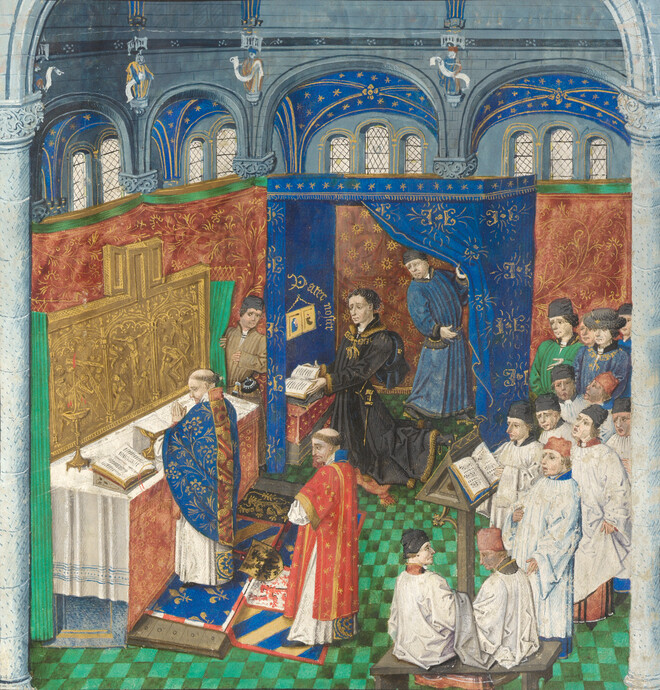
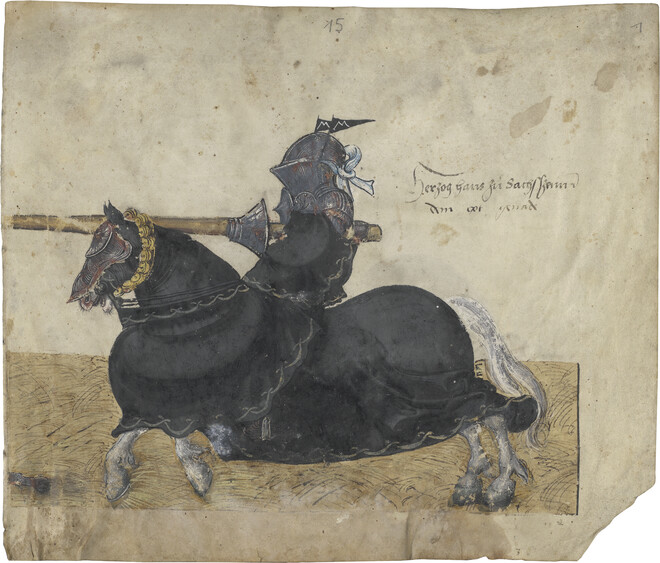
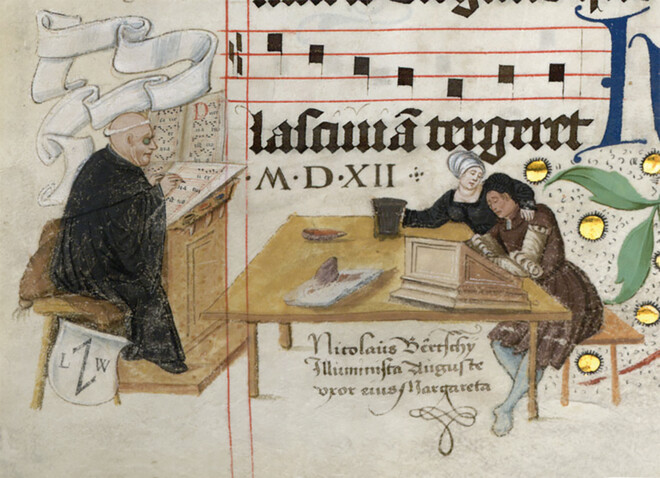
A richly illustrated early sixteenth-century manuscript of German prayers now in the British Library, London, is here identified as having been made for the use of Sibylla von Freyberg, the daughter of a wealthy merchant family from Augsburg. The choice of the prayers and images included testify to her special devotion to the Virgin and allow insights into the attachment she felt to her hometown, her family and her membership of the Confraternity of Our Dear Lady.
-1.jpg)
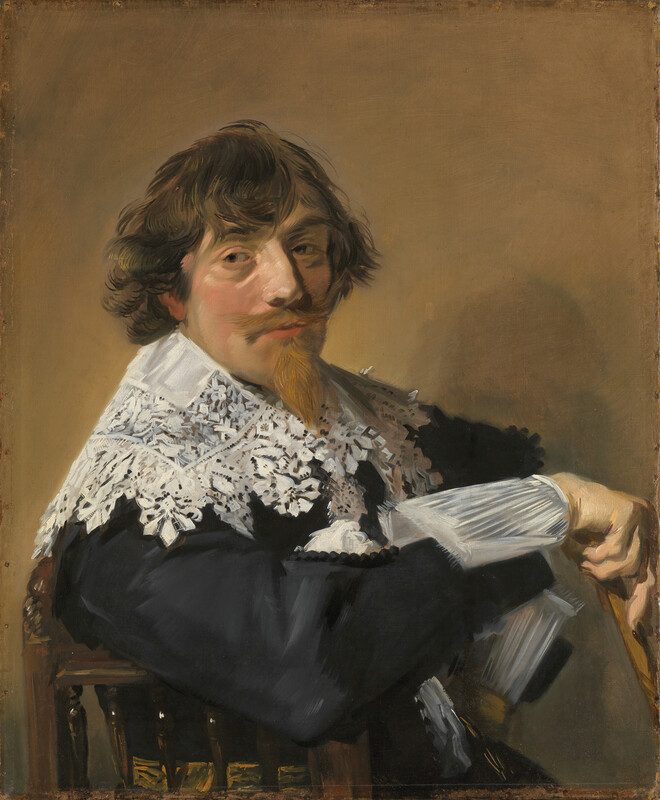
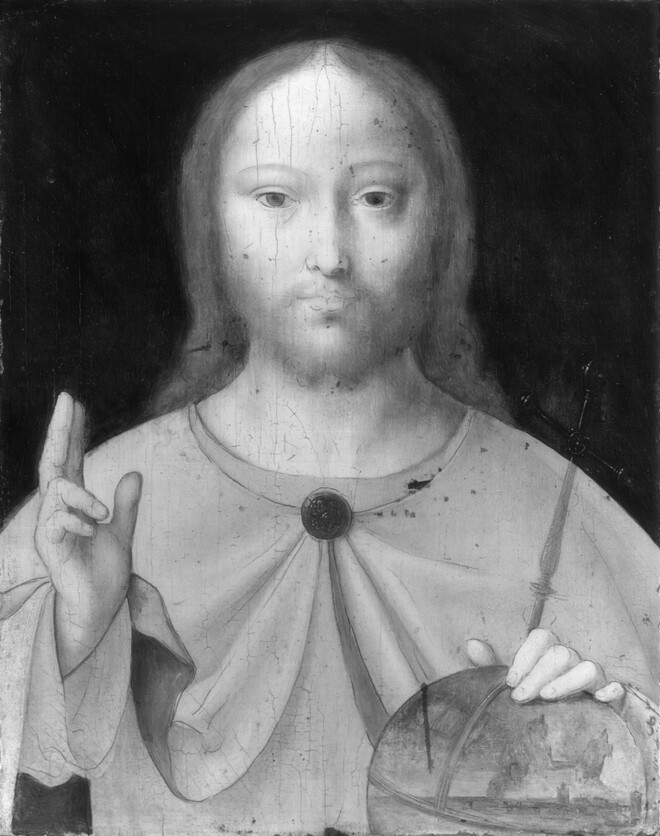
In the autumn of 2023 an early Netherlandish 'Salvator Mundi' was reassessed at Dulwich Picture Gallery, London, having lain for decades in storage. Conservation treatment and technical analysis confirmed that it was made by a member of the workshop of the renowned Antwerpbased painter Joos van Cleve (1485–1540/41) and therefore an important example of the studio’s output of small devotional works. The painting can now be identified with certainty as the oldest Northern European work in the gallery’s collection.
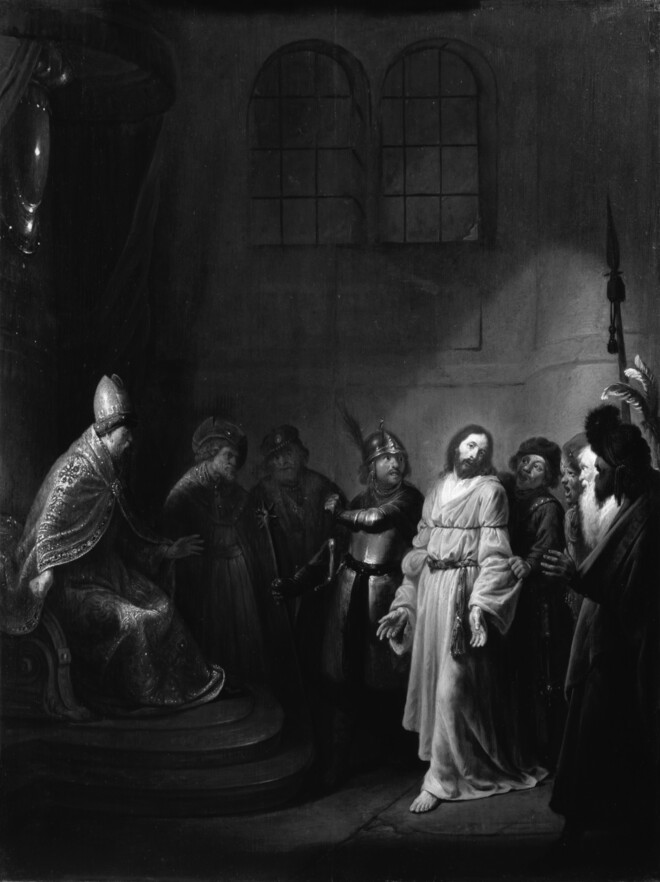
The Amsterdam painter Dirck Dircksz. Santvoort (1609 – 80), who was active only for a period of about ten years, focused his creative efforts mainly on portraying children. However, in the early years of his career, up to the mid-1630s, he painted several compositions addressing biblical themes, testifying to his familiarity with Rembrandt’ s Leiden and early Amsterdam works.
.jpg)